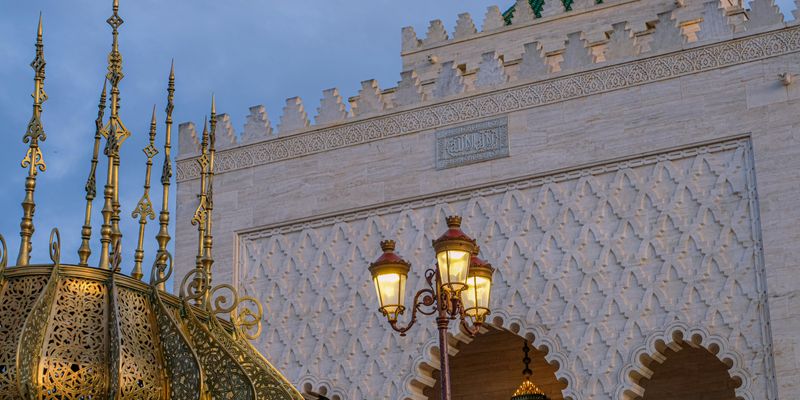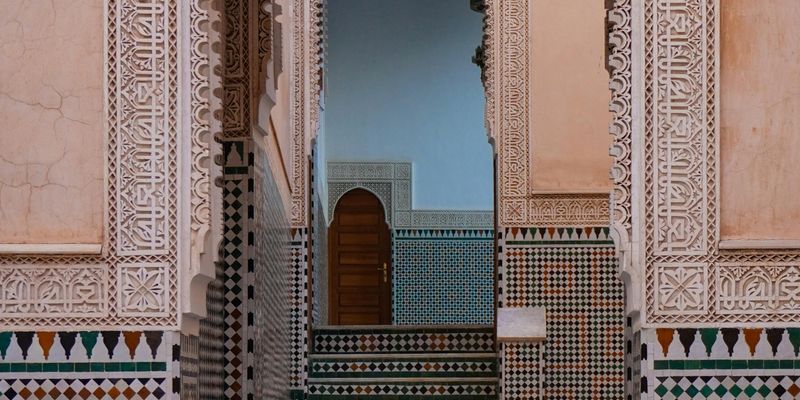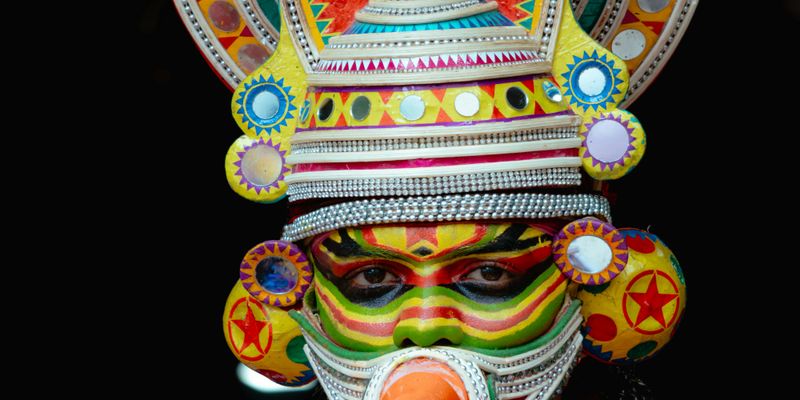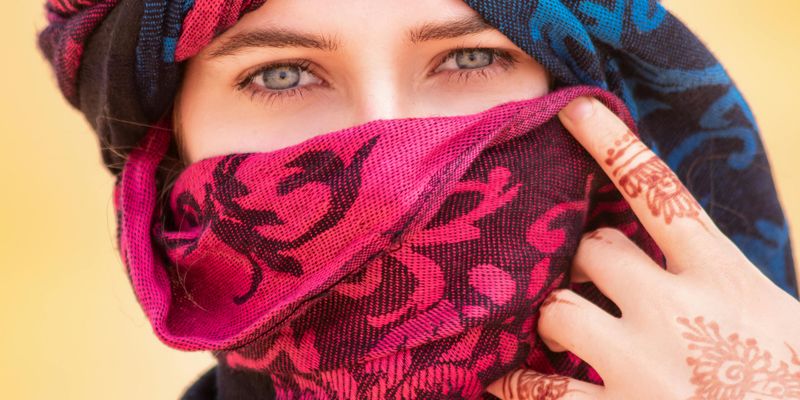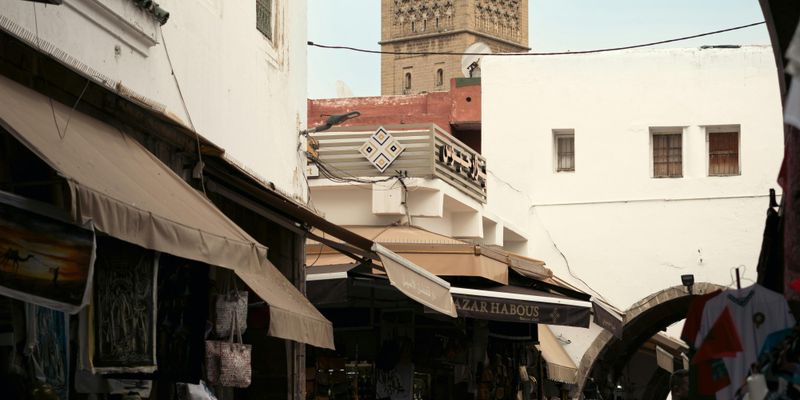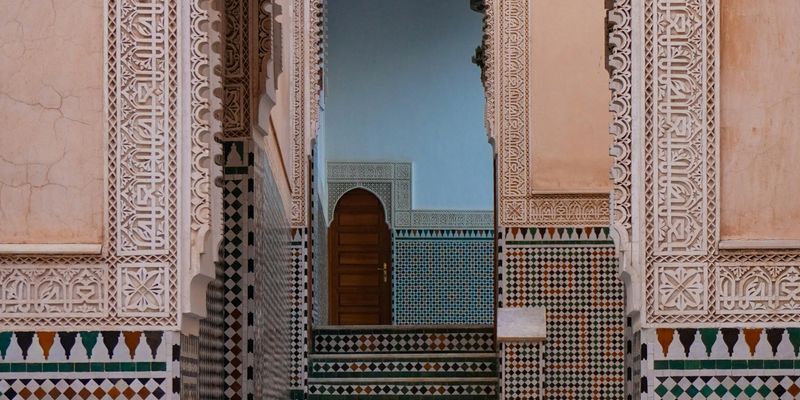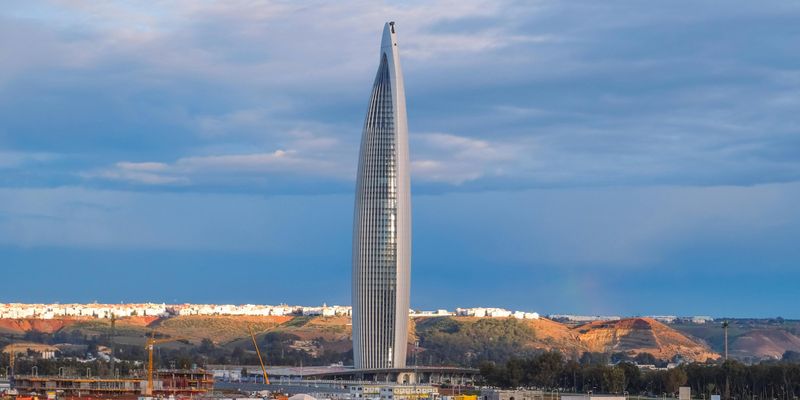
Why the Berber Culture is Essential to Understanding Morocco
As you journey through the enchanting landscape of Morocco, you’ll quickly discover that the country is a melting pot of cultures, each contributing to its unique identity. Among these, the Berber culture stands out as a vibrant and integral part of Moroccan history and contemporary life.
Who Are the Berbers?
The Berbers, known as Amazigh (singular) or Imazighen (plural), are the indigenous people of Morocco and the broader North African region. Their roots trace back thousands of years, long before the Arab conquests of the 7th century. While Morocco is often celebrated for its Arab heritage, the Berbers have played a vital role in shaping the country's rich tapestry.
Language and Identity
One of the most profound aspects of Berber culture is its language. The Amazigh speak several dialects, with Tamazight, Tachelhit, and Tarifit as the most prevalent. In 2011, Morocco recognized Amazigh as an official language, an important acknowledgment of the Berber identity. As I walked through the streets of Chefchaouen, a charming blue-washed city, I was delighted to hear the melodious sounds of Berber dialects being spoken, showcasing the pride of the local community in their heritage.
A Rich Heritage of Art and Craftsmanship
The Berbers are renowned for their exquisite craftsmanship, from intricately woven rugs to beautifully crafted pottery. The Berber rugs tell stories of their makers' tribes, geography, and beliefs through symbols and colors, each piece unique and full of character. Visiting the bustling souks of Marrakech or the artisan workshops in the Atlas Mountains, I was struck by the artistry and passion that goes into each craft, a true testament to Berber culture.
Festivals and Traditions
Berber culture is rich in traditions, many of which are celebrated through vibrant festivals. One prominent event is the Imilchil Wedding Festival, where couples from different tribes gather to celebrate love. This event, steeped in legend, is a beautiful reminder of the community’s values, bonding, and the importance of family. Participating in these festivals has offered me insight into the Berber people’s way of life, connecting deeply with their history and vibrant expressions of joy.
The Berber Influence in Moroccan Cuisine
No exploration of Berber culture would be complete without savoring its rich culinary traditions. Dishes like couscous and tagine have become synonymous with Moroccan cuisine, but their origins are rooted in Berber culture. The use of local ingredients and techniques passed down through generations reflects the Berber connection to their land. Sharing a meal with a local family in the rural mountains, I experienced warmth and hospitality that is a hallmark of Berber traditions.
Conclusion: The Heartbeat of Morocco
As you explore Morocco, remember to embrace its diverse cultural landscape, with the Berbers at its heart. Their rich history, vibrant traditions, and artistic expressions weave together a narrative that is essential to understanding this beautiful country. The next time you visit or learn about Morocco, take a moment to appreciate the profound contributions of the Berber people, whose spirit continues to thrive and shape the nation’s identity.
